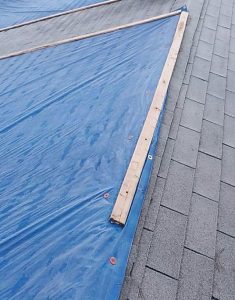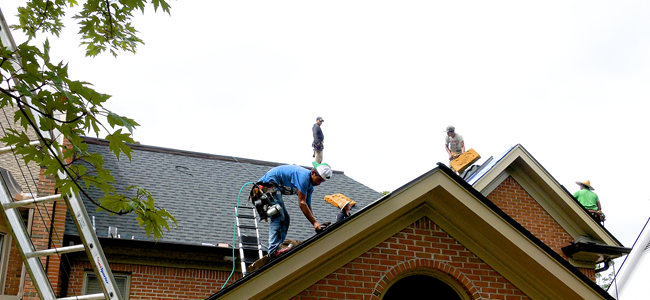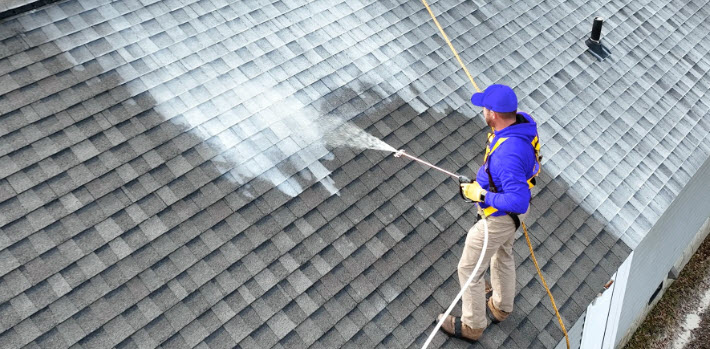 When it comes to maintaining the health of your roof, you may be faced with the decision between roof rejuvenation and roof replacement. Understanding both the structural and cost differences between these two options can help you make the best choice for your home.
When it comes to maintaining the health of your roof, you may be faced with the decision between roof rejuvenation and roof replacement. Understanding both the structural and cost differences between these two options can help you make the best choice for your home.
Roof Rejuvenation
Roof rejuvenation is a process that involves cleaning, repairing, and restoring the existing roof often using special eco-friendly oils to extend its lifespan. With a shingled roof the oil is absorbed into the shingle thereby making it more supple and more waterproof. It also imprives the look of the shingle so it is aesthetically moore pleasing. This cost-effective option can help improve the appearance and functionality of your roof without the need for a full replacement. The cost of roof rejuvenation is usually between fifteen and twenty-five percent of the cost of a new roof.
Roof Replacement
Roof replacement involves completely removing the existing roof and installing a new one. This option is necessary when the roof is severely damaged or nearing the end of its lifespan. It is a more expensive but better long-term solution as compared to roof rejuvenation. It goes without saying that the immediate cost of replacing your roof will be much more than a typical roof rejuvenation but you need to look at the long term cost effectiveness.
How do I know if my roof needs rejuvenation or replacement?
Signs such as leaks, missing shingles, and water damage indicate the need for roof rejuvenation or replacement. A roof that is approaching it full projected lifespan is usually a condidate for a full roof replacement. However, if your roof is just looking a little faded and it still has five or more years remaing of its projected lifespan then it may well be a good investment to have it rejuvenated. A professional inspection can help determine the best course of action for your roof.
Roof rejuvenation is often more cost-effective than roof replacement, especially for roofs that are in relatively good condition. The initial investment in rejuvenation can lead to long-term savings by extending the lifespan of your roof. The lifespan of a roof rejuvenation treatment can vary depending on factors such as the type of roof and the quality of the rejuvenation products used. Regular maintenance and inspections can help extend the lifespan of a rejuvenated roof.
Roof rejuvenation is suitable for most types of roofs, including asphalt shingles, metal roofs, and tile roofs. However, there are limitations to the effectiveness of rejuvenation, especially for roofs that are severely damaged or nearing the end of their lifespan.
How To Choose Between Roof Rejuvenation and Roof Replacement
When deciding between roof rejuvenation and replacement, consider factors such as the age and condition of your roof, your budget, and your long-term goals for your home. If a full roof replacement is not financially viable for you, it may be a good option to go with a roof rejuvenation to buy you time to save for a complete roof replacement. Consulting with an honest, professional roofing contractor can help you make an informed decision.

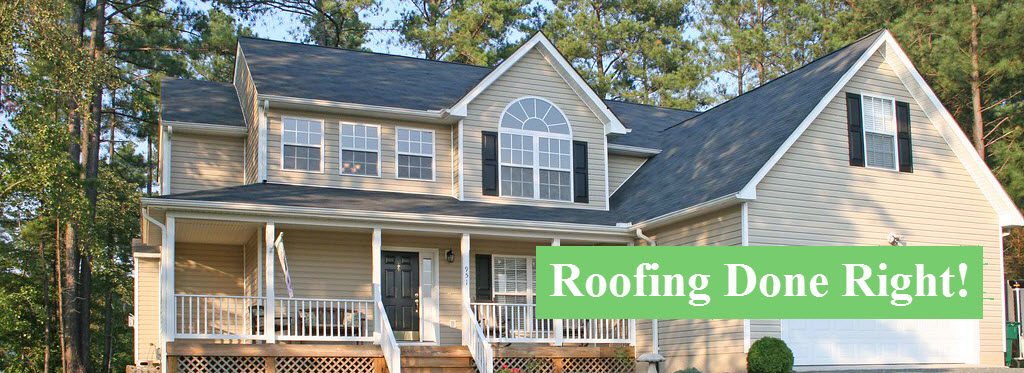
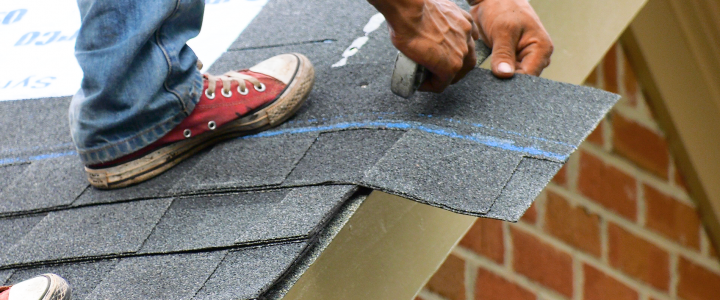

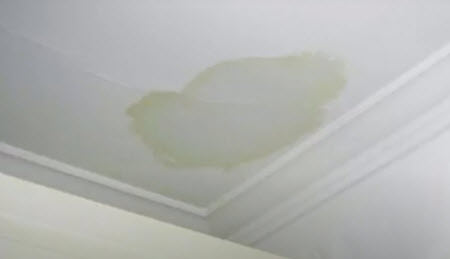
 Usually, a roof leak will form a tiny pool in the ceiling till it finds a way to escape. This will typically be something like a light in the ceiling, a heating register or just beneath a joist. Ceiling corners are also other spots where leaks will certainly often occur. In some cases they find outlets in numerous places but the original leak is from one source, making it look even worse than it usually is. If the ceiling is holding water or you see a lump in the drywall, jab a screw driver or other sharp object into the opening in order to drain the puddling water into a bucket that you will have placed beneath it. This will help minimize the damages to the ceiling and force the water to exit from a single location.
Usually, a roof leak will form a tiny pool in the ceiling till it finds a way to escape. This will typically be something like a light in the ceiling, a heating register or just beneath a joist. Ceiling corners are also other spots where leaks will certainly often occur. In some cases they find outlets in numerous places but the original leak is from one source, making it look even worse than it usually is. If the ceiling is holding water or you see a lump in the drywall, jab a screw driver or other sharp object into the opening in order to drain the puddling water into a bucket that you will have placed beneath it. This will help minimize the damages to the ceiling and force the water to exit from a single location.